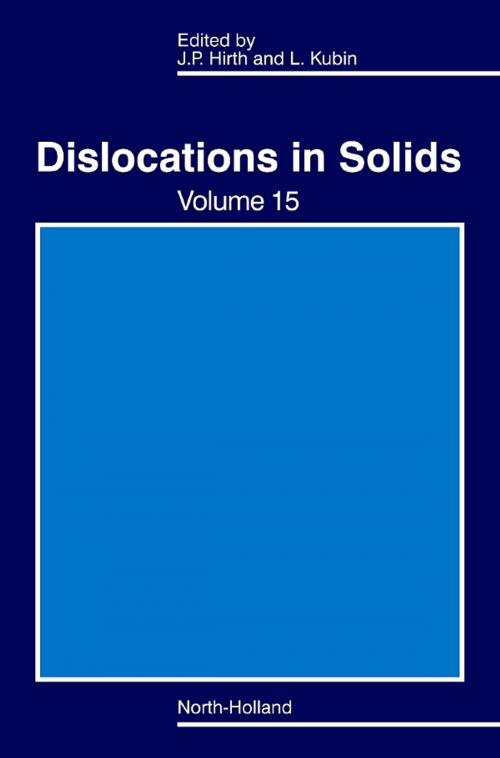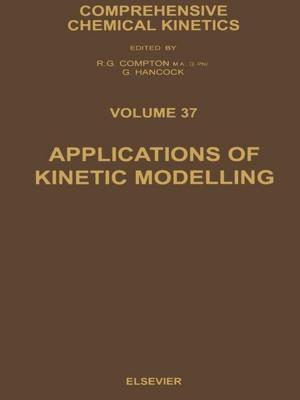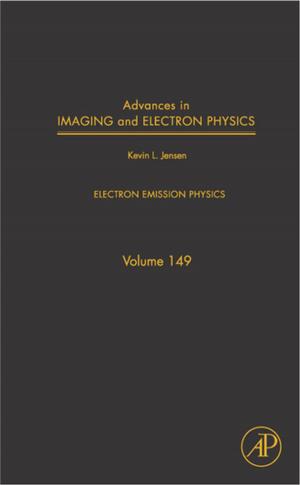Dislocations in Solids
Nonfiction, Science & Nature, Science, Physics, Solid State Physics, Technology, Material Science| Author: | Ladislas Kubin, John P. Hirth | ISBN: | 9780080932958 |
| Publisher: | Elsevier Science | Publication: | October 13, 2009 |
| Imprint: | North Holland | Language: | English |
| Author: | Ladislas Kubin, John P. Hirth |
| ISBN: | 9780080932958 |
| Publisher: | Elsevier Science |
| Publication: | October 13, 2009 |
| Imprint: | North Holland |
| Language: | English |
Bacon and Osetsky present an atomistic model of dislocation-particle interactions in metal systems, including irradiated materials. This work is important in simulating actual behavior, removing earlier reliance on assumed mechanisms for dislocation motion. New mechanisms for dislocation generation under shock loading are presented by Meyers et al. These models provide a basis for understanding the constitutive behavior of shocked material. Saada and Dirras provide a new perspective on the Hall-Petch relation, with particular emphasis on nanocrystals. Of particular significance, deviations from the traditional stress proportional to the square-root of grain size relation are explained. Robertson et al consider a number of effects of hydrogen on plastic flow and provide a model that provides an explanation of the broad range of properties.
.
- Flow stress of metal systems with particle hardening, including radiation effects
- New model for dislocation kinetics under shock loading
- Explanation of effects of nanoscale grain size on strength
- Mechanism of hydrogen embrittlement in metal alloys~
Bacon and Osetsky present an atomistic model of dislocation-particle interactions in metal systems, including irradiated materials. This work is important in simulating actual behavior, removing earlier reliance on assumed mechanisms for dislocation motion. New mechanisms for dislocation generation under shock loading are presented by Meyers et al. These models provide a basis for understanding the constitutive behavior of shocked material. Saada and Dirras provide a new perspective on the Hall-Petch relation, with particular emphasis on nanocrystals. Of particular significance, deviations from the traditional stress proportional to the square-root of grain size relation are explained. Robertson et al consider a number of effects of hydrogen on plastic flow and provide a model that provides an explanation of the broad range of properties.
.
- Flow stress of metal systems with particle hardening, including radiation effects
- New model for dislocation kinetics under shock loading
- Explanation of effects of nanoscale grain size on strength
- Mechanism of hydrogen embrittlement in metal alloys~















